6 Soil Health Principles for Regenerative Cattle Ranches
The soil health principles are a guide for improving the land and profitability through regenerative agriculture.
The soil health principles are often discussed in the context of crop farming, but they can also be applied in pasture and range settings to regenerate soils. The soil health principles are the same whether in crops or pastures for cattle and other livestock, gardening or forestry. However, how they are applied changes with the context of how the land is being used.
The six soil health principles are:
- Know Your Context
- Cover the Soil
- Minimize Soil Disturbance
- Increase Diversity
- Maintain Continuous Living Plants/Roots
- Integrate Livestock
Successful regenerative ranchers are using these soil health principles within the context of introduced and native forage production in pasture and rangeland. In the Great Plains, as well as around the world, ranchers are seeing the benefits of using these principles to guide their grazing practices. As their soils regenerate, they are seeing improvements in their soil carbon, water intake and storage, forage and livestock production, and profits.
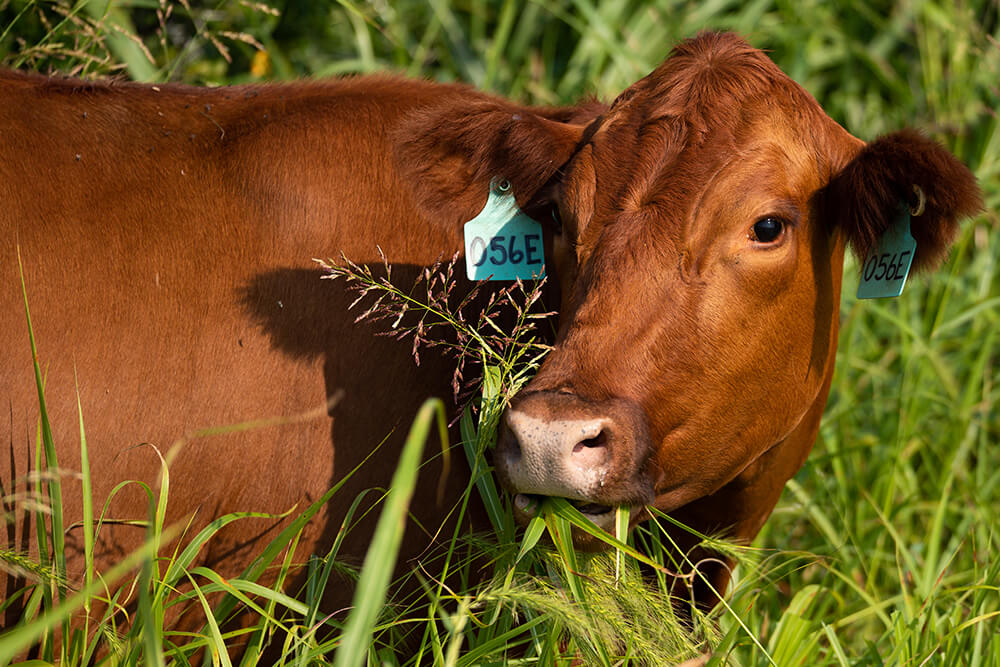
How Are Regenerative Ranchers Using The Soil Health Principles?
Know Your Context.
Successful regenerative ranchers know their context — their individual situation. This is their climate, geography, resources, skills, family dynamics, goals and any other factor that will influence themselves and their operation. They understand how the ecosystem processes function on their land, which enables them to work with those processes. They know what’s available to them to work with, and they apply the rest of the soil health principles in ways that align with and make the most of what they have for the benefit of the land, their profitability and their quality of life.
Covering or Armoring the Soil.
Ranchers who are successfully regenerating their soils keep the ground covered. These ranchers use actively growing forages and forage residues to keep the soil covered. They manage their forages and forage residues through grazing management and stocking rates based on carrying capacity. It is nearly impossible to keep the soil sufficiently covered on a ranch that is consistently overstocked and overgrazed. Regenerative ranchers manage forage residual heights and amounts during both the growing and the dormant seasons. If the base forage does not provide enough soil cover, they may also use annual forages or cover crops.
Minimizing Unnatural Disturbance.
Regenerative ranchers carry this principle beyond the soil to include the plants because plants and soil make up an interconnected ecosystem. There are many different kinds of disturbances, some natural and others unnatural. For instance, grazing and periodic fire are natural disturbances in grasslands. Lack of either one would be an unnatural disturbance. Mechanical tillage is not natural and should be minimized. However, periodic soil disturbance by the hooves of grazing animals and tunneling by roots and earthworms is natural and good for soil health. This is why you may sometimes hear graziers state this principle as “optimize disturbance.”
Increasing Plant and Animal Diversity.
Successful land stewards understand that community diversity is important for healthy, functional ecosystems. This is why regenerative ranchers try to increase not just plant diversity but also animal diversity. They do this by grazing multiple species of animals on diverse mixes of forages in pastures that are alive with micro- and macro-flora and fauna both above- and below-ground.
Maximizing Actively Growing Roots.
This is where graziers with healthy native rangelands have an advantage. Healthy rangelands are made up of hundreds of species of plants, which means something is almost always actively growing whether it is the warm or cool season. Graziers with introduced pastures are increasing their actively growing roots by managing for polycultures of warm- and cool-season perennial forages or overseeding with annual cover crops to fill gaps when their primary forage is dormant.
Properly Integrating Livestock.
What makes regenerative ranchers different from other ranchers is how their livestock are grazed. We are not referring to these ranchers using any one system or class of livestock. We’re talking about their management and manipulation of five critical grazing fundamentals.
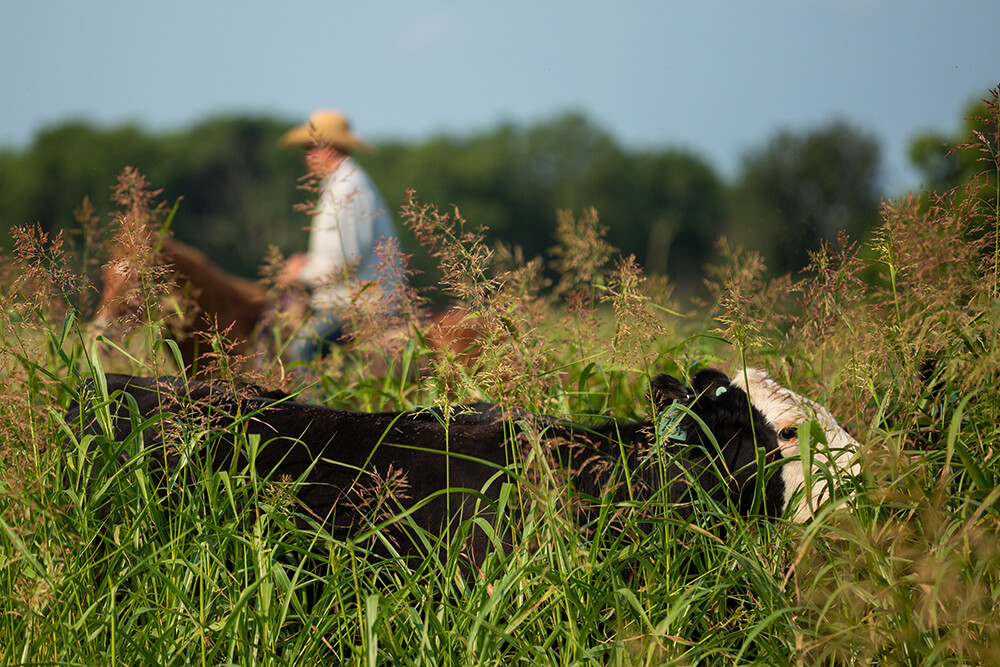
Five Grazing Fundamentals
- Timing: When during a season or year grazing occurs
- Frequency: How often the plants are grazed
- Intensity: How heavily the plants are grazed
- Duration: How long a grazing event lasts
- Rest: Time during the growing season when the plants can recover from grazing
Hopefully you can see the interrelatedness of the six soil health principles and how they are being used by regenerative ranchers. While each of these six principles can be used in isolation, using all six at the same time seems to maximize the speed at which soils can be regenerated.
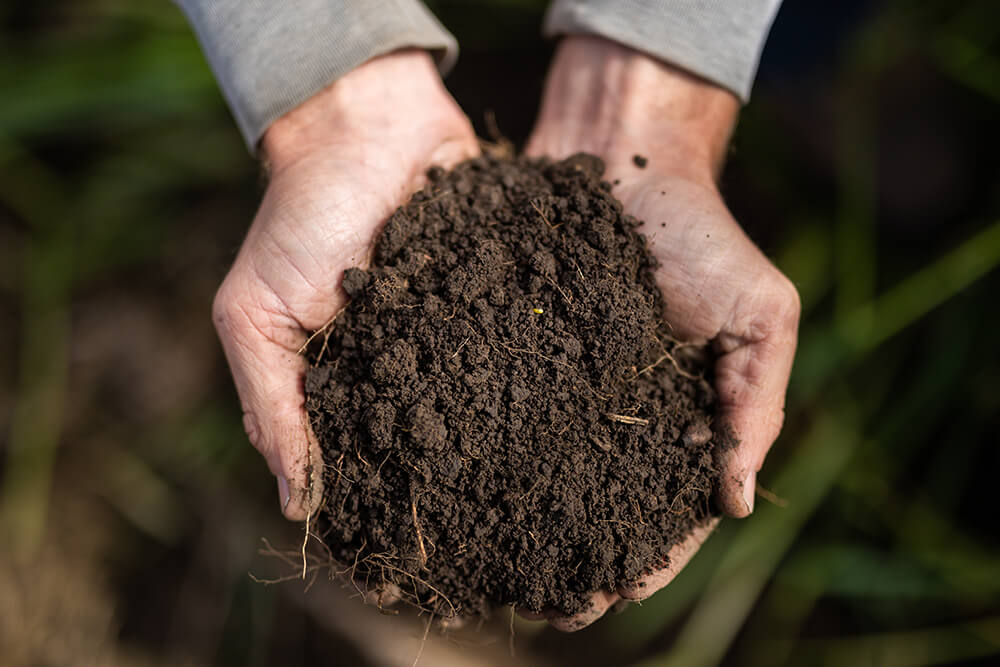
Learn More About Soil Health Principles
Read more about the soil health principles from the Natural Resources Conservation Service here.
Most lists include a variation of five of soil health principles. We’ve adopted a sixth principle (which we count as No. 1), “Know Your Context,” which is taught by Understanding Ag.
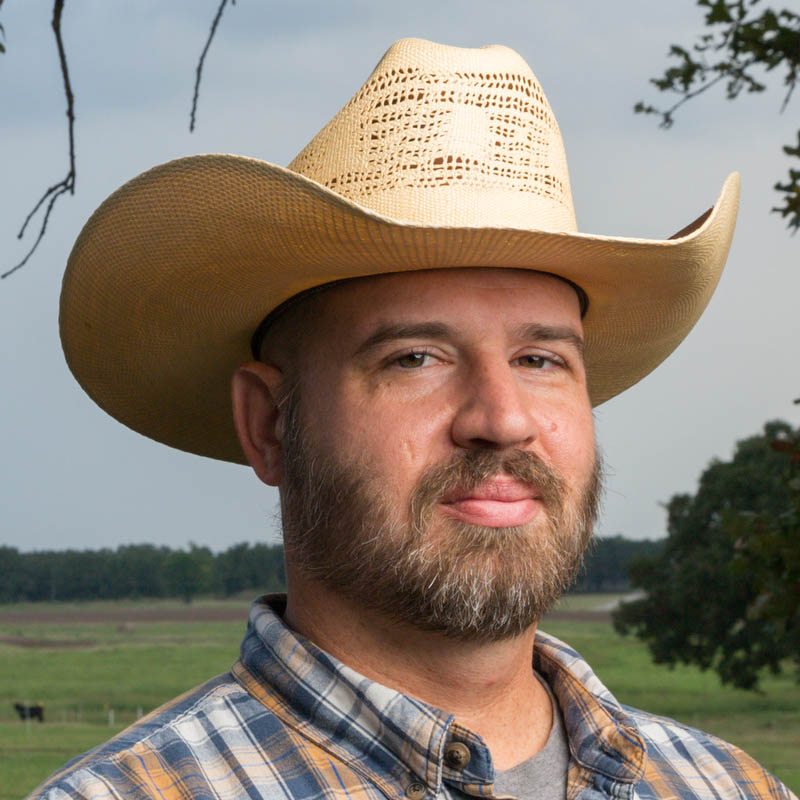
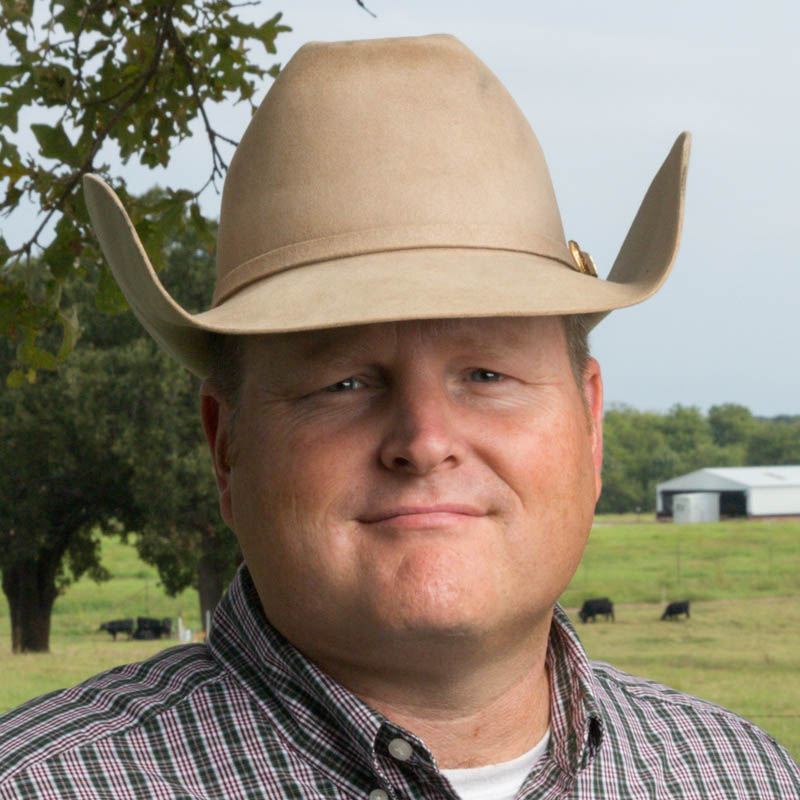


Comment